With at least ten highly disruptive forces impacting Australia’s electricity and energy markets, the job of heading the Australian Energy Market Operator (AEMO) is certainly not an easy one. But it does bring with it the opportunity for global leadership, as these forces and fundamental changes occur faster than in many other parts of the world.
This was one of the messages conveyed by AEMO CEO Aubrey Zibelman in a speech and Q&A delivered to the free-market Centre of Independent Studies in Sydney on Tuesday. Zibelman addressed a wide range of issues during the Leadership Lunch event, as she set out not only the challenges facing the Australian energy market, but the opportunity for world-leading innovation that is being presented.
“What we need to do and can do in Australia, and where we could lead, is how we can get the demand side to compete with the supply side and that is how we could start driving down prices,” said Zibelman. “We never could do that before because we didn’t have the capability to manage demand. Now we have distributed resources and we can manage that now and in the end create a more productive system.”
Zibelman set out how managing large or aggregated electricity loads, through market signals, could help reduce peaks on the grid, reducing overall system costs. These loads could be industrial, such as shutting down large equipment for maintenance at times that are friendly to the grid, or air conditioners – which could be cycled in a coordinated fashion, without the change even being noticed.
On the supply side, Zibelman spoke of the need for electricity demand to be sustained during the day, which has fallen sharply in South Australia, Western Australia and increasingly Queensland, due to rooftop solar. While this demand reduction, “sort of sounds like a good thing,” said Zibelman, it is necessary to sustain existing generators that may be called on in evening peaks. “If the coal plant is not running and goes cold on us, and suddenly the sun stops shining, I can’t get that plant back on.”
The implications for achieving this better alignment in the electricity system between supply and demand is increased resource efficiency, and reduced costs – Zibelman argued. It will also ensure reliability, a challenge not only because of the policy failures that have plagued Australia’s energy discussions, but also because of the unprecedented disruption occurring in the sector.
Interestingly, Zibelman spoke of her belief that managing this transition, through approaches such as demand and supply alignment, would set Australia back into the position as a regional and global leader in energy.
“If we figure this out… these are the kind of resources and capabilities that they’re [the developing world] is going to need,” said Zibelman. “Just like how Australia was such a powerhouse around energy before, it will continue to be so but it in terms of the old types of resources as well as the new resources.”
Addressing rooftop solar, the AEMO CEO described the rate of installation as “the biggest pickup… anywhere,” noting that the equivalent of a power plant is being built “almost every season.”
On the large-scale renewables front, she said that over 20 GW of applications for grid connection of almost solely solar and wind has been received by AEMO. “That tells you where people are investing and where they want to put their money,” she noted.
This content is protected by copyright and may not be reused. If you want to cooperate with us and would like to reuse some of our content, please contact: editors@pv-magazine.com.
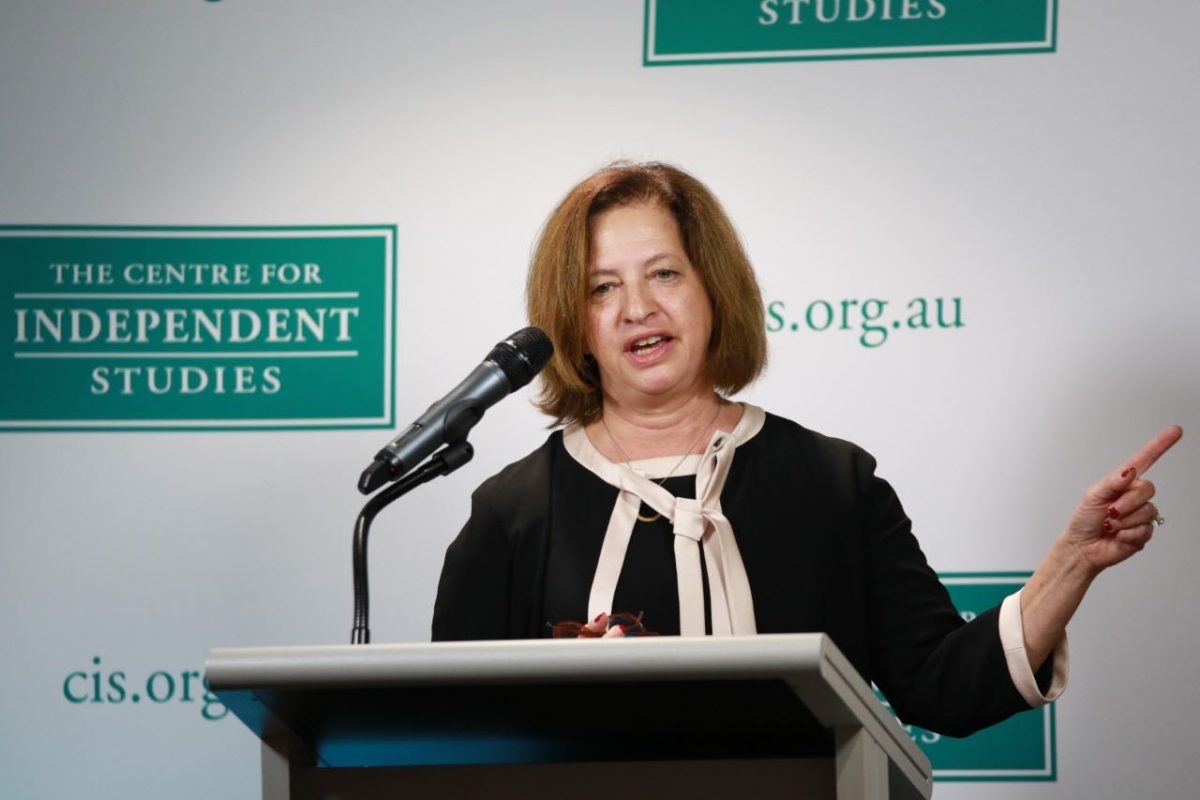



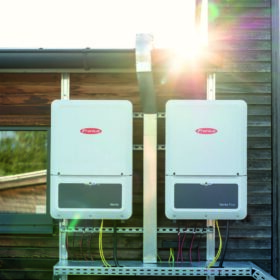

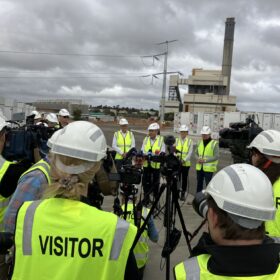
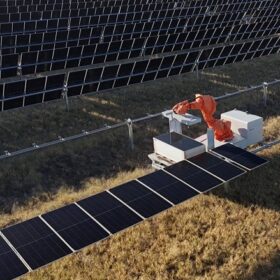
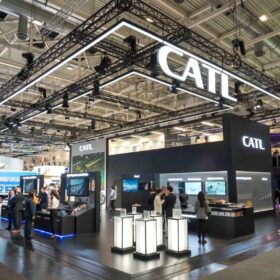
By submitting this form you agree to pv magazine using your data for the purposes of publishing your comment.
Your personal data will only be disclosed or otherwise transmitted to third parties for the purposes of spam filtering or if this is necessary for technical maintenance of the website. Any other transfer to third parties will not take place unless this is justified on the basis of applicable data protection regulations or if pv magazine is legally obliged to do so.
You may revoke this consent at any time with effect for the future, in which case your personal data will be deleted immediately. Otherwise, your data will be deleted if pv magazine has processed your request or the purpose of data storage is fulfilled.
Further information on data privacy can be found in our Data Protection Policy.